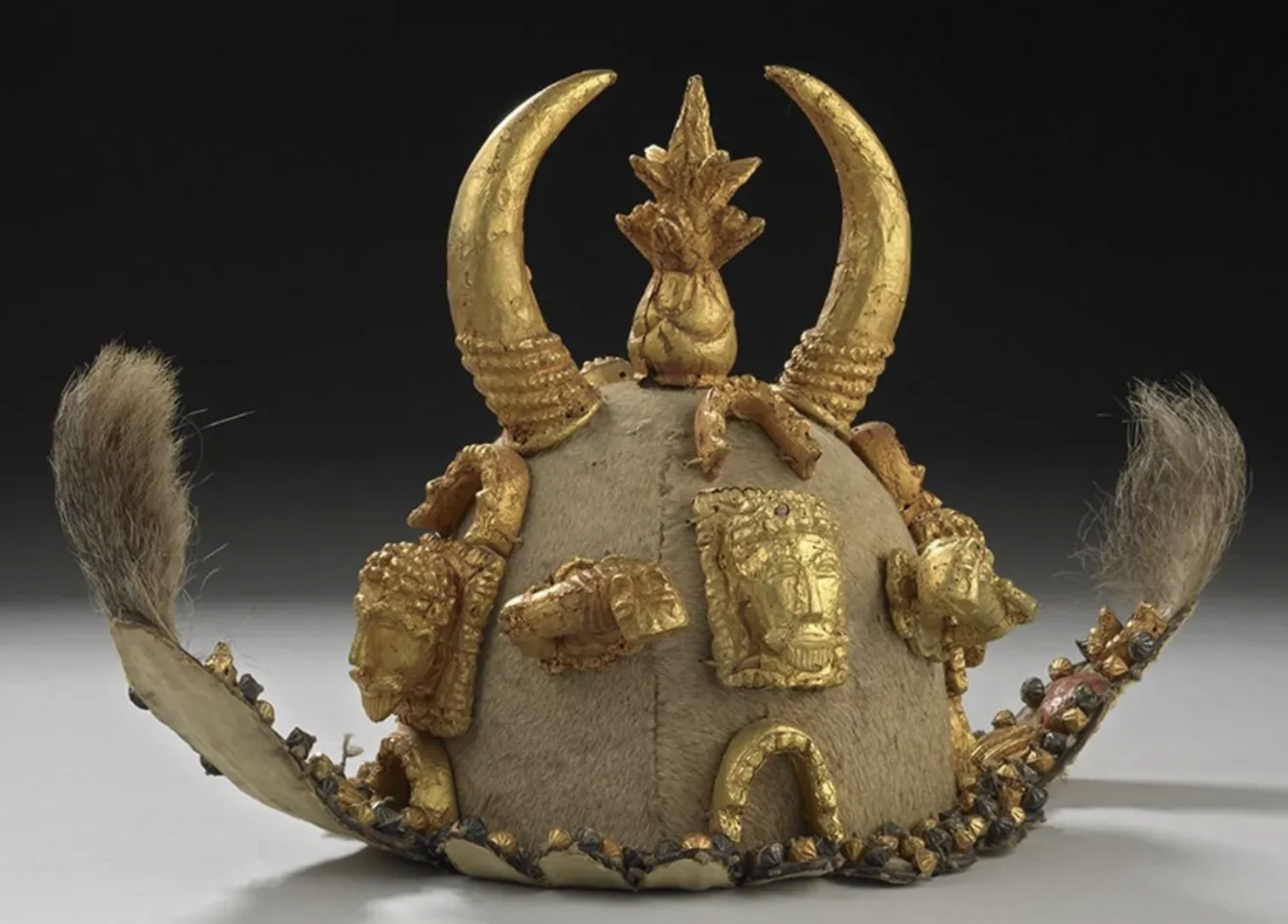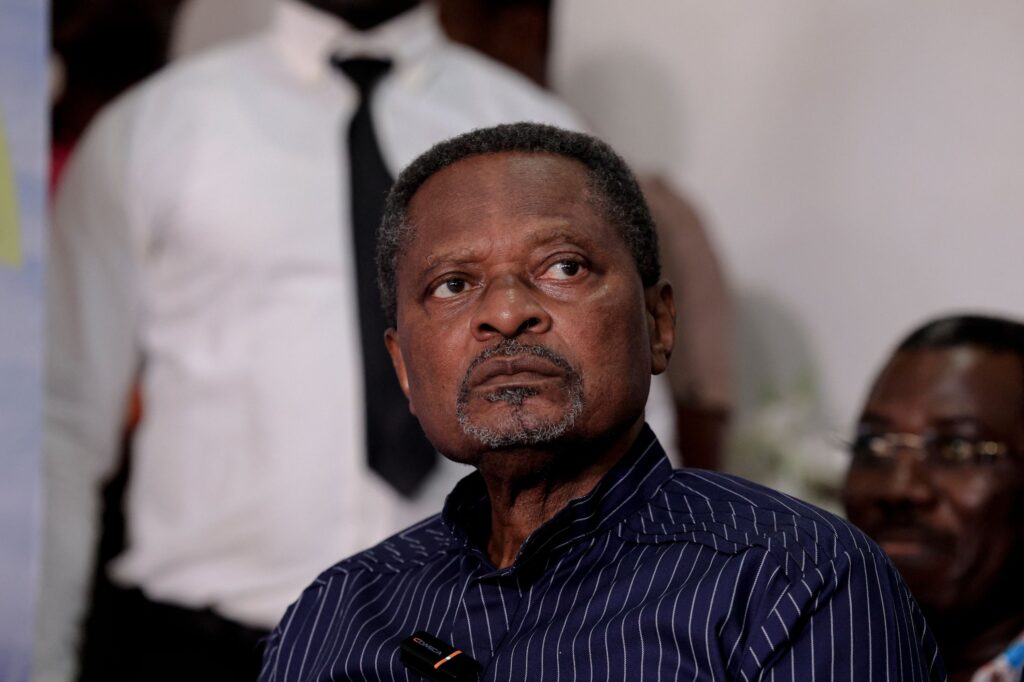
Britain and South Africa have returned more than 130 gold and bronze artefacts to Ghana, marking a historic act of cultural restitution.
Asante King Otumfuo Osei Tutu II received the treasures on Sunday at the Manhyia Palace Museum in Kumasi, the royal capital of the Asante Kingdom.
The artefacts, taken between the 1870s and early 20th century, include royal regalia, ceremonial drums and gold weights that once symbolised Asante power and spiritual life.
Dating back up to 160 years, the objects reflect the kingdom’s intricate governance systems, reverence for gold and enduring artistic heritage.
At the ceremony, the Asantehene expressed gratitude to AngloGold Ashanti, the South African mining giant, for voluntarily returning several artefacts purchased on the open market.
The company had previously facilitated the repatriation of cultural items to Ghana in 2024, strengthening ties between the Asante Kingdom and global heritage institutions.
Among the newly returned items were 110 artefacts from the Barbier-Muller Museum in Geneva, originally collected by Swiss art enthusiast Josef Muller in 1904.
An additional 25 pieces were donated by British art historian Hermione Waterfield, who founded Christie’s Tribal Art Department in 1971 and worked to support cultural restitution.
Her gifts included a wooden drum believed to have been seized by British troops during the 1900 siege of Kumasi, a symbol of colonial plunder and resilience.
According to Manhyia Palace Museum director Ivor Agyeman-Duah, the restitution represents a powerful gesture of healing and historical justice for the Asante people.
In 2024, the museum also received 67 artefacts restituted or loaned from global institutions such as the British Museum, the Victoria and Albert Museum and the Fowler Museum in Los Angeles.




